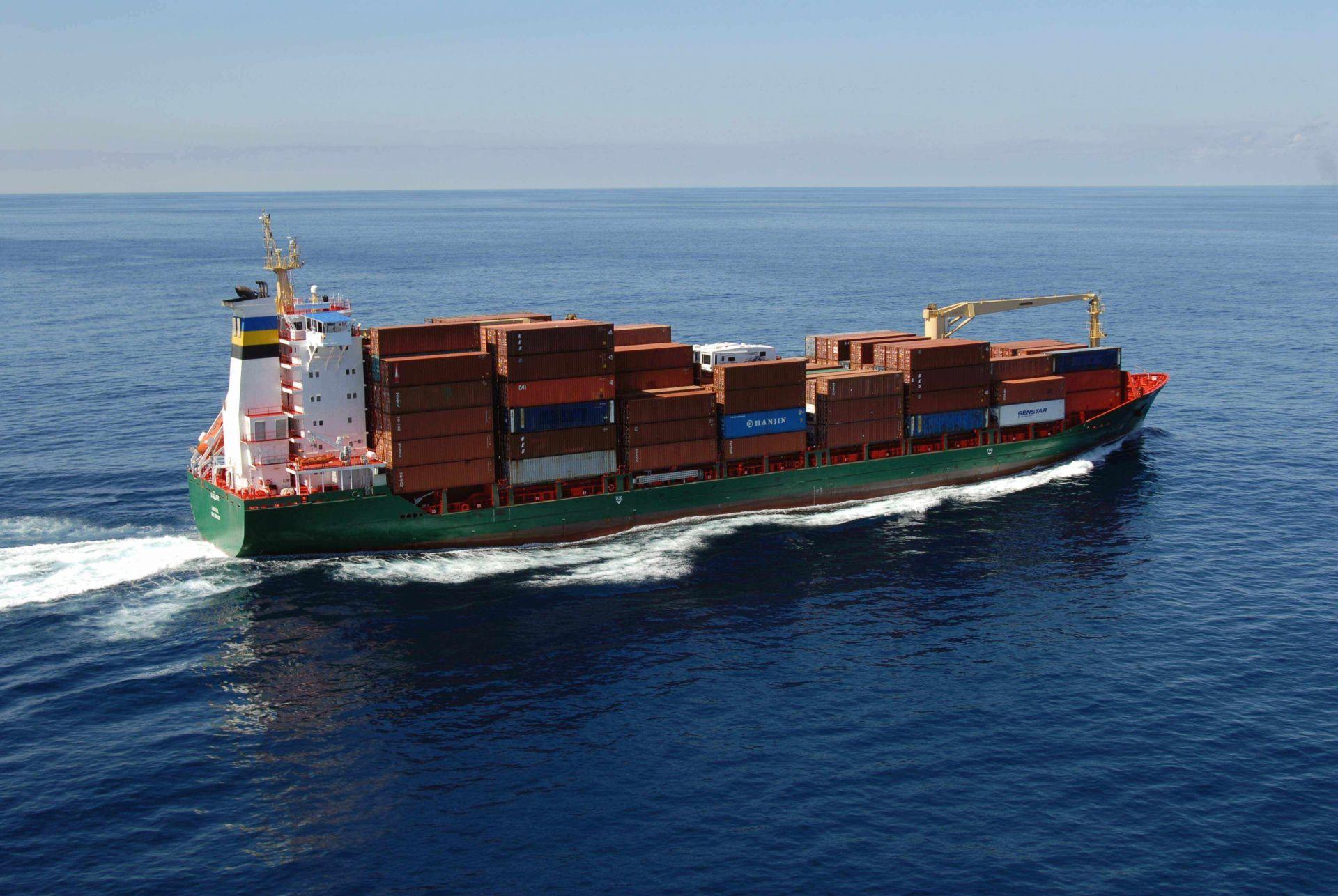BEIJING, July 18 (Xinhua) -- The low growth in shipping demands may become a "new normal" in the future facing the international shipping markets, noted British shipping consultancy Drewry Group's Group Managing Director Nigel Gardiner, who shared his outlook of global shipping market in the annual report of Xinhua-Baltic International Shipping Centre Development Index released recently.
The influence posed by the high global concern for the environment on the shipping markets might be the biggest problem facing these markets in decades to come, according to Gardiner.
Currently, the share of coal in global energy demands has fallen and will continue to fall, leading to a reduction of the amount of coal transported by sea, he said, adding that the amount of refined oil products transported by sea will also be affected due to the car use peaking in many countries and the promotion of environmentally-friendly electric vehicles.
In the container sector, the growth of "nearshore outsourcing", a solution in part to meet environmental concerns, may reduce trade volumes on some traditional trade routes under certain circumstances, noted Gardiner.
In the future, the growth in shipping demands is likely to be at a "new normal", namely, below historical level, he said, when sharing his opinion on the short-term outlook for containers, dry bulk and oil tankers which are closely-related to the future of the shipping markets.
According to Gardiner, the fuel cost by container industry in 2020 may rise by 15 billion U.S. dollars because of the new IMO (International Maritime Organization) low-sulphur fuel regulations taking effect in January 1st that year. The figure will fall back in the coming years with the increase of the supply of low-sulphur fuel.
However, failing to increase the 50 percent fuel cost recovery rate of past standards may result in disastrous consequences for liner profitability.
Looking ahead, before the implementation of the IMO low-sulphur fuel regulations, delivery delays and accelerated shipbreaking will slow the growth of the container fleet to a more manageable rate of 3.2 percent in 2019, slightly easing the supply pressure.
Moreover, a dwindling appetite for ultra large container vessels (ULCVs) should keep the fleet growth at a low rate through the duration of Gardiner's forecast period to end 2023.
In the dry bulk sector, the principal risk to demand is climate related, said Gardiner. As major economies have all turned to renewable energy to meet power needs, demand for coal is expected to fall.
For instance, many European countries have developed clear coal phase-out plans. Germany, the largest coal consumer in Europe, recently announced to completely eliminate coal-fired power plants over the next 19 years. Therefore, seaborne coal trade volume may reach the peak in 2021 and then start to decrease, affecting the use of medium-sized dry bulk vessels.
Besides, many steel producers in China are turning to use electric arc furnaces (EAFs) employing scrap steel as the raw material, which can reduce demands for iron ore and coking coal used by blast furnaces, further posing negative impacts on seaborne trade.
On the supply side, the growth of supply of dry bulk vessels may reach historic lows within five years due to the expected increase of dry bulk vessel dismantling and relatively few orders which lead to the rising charter fees.
The outlook for the crude oil tanker market is positive, but the foreign policy of the U.S. has heightened the risk to the recovery of the market.
According to the International Energy Agency (IEA), the crude oil output of the U.S. will reach the peak in 2022. Besides, the crude oil exported from the U.S. to Asia is expected to keep a rapid growth until 2020, which will increase demands for crude oil tankers. Meanwhile, asset prices will also increase over the next two years in tandem with the expected recovery in freight rates.
However, the unexpected exemption of Iranian sanctions and the escalating trade frictions between the U.S. and China may derail the growth in global oil demand. In the long run, the oil sector will come under pressure from the growth of renewable energy and the advancement of environmentally-friendly electric vehicles. (Edited by Gu Shanshan)




 A single purchase
A single purchase









